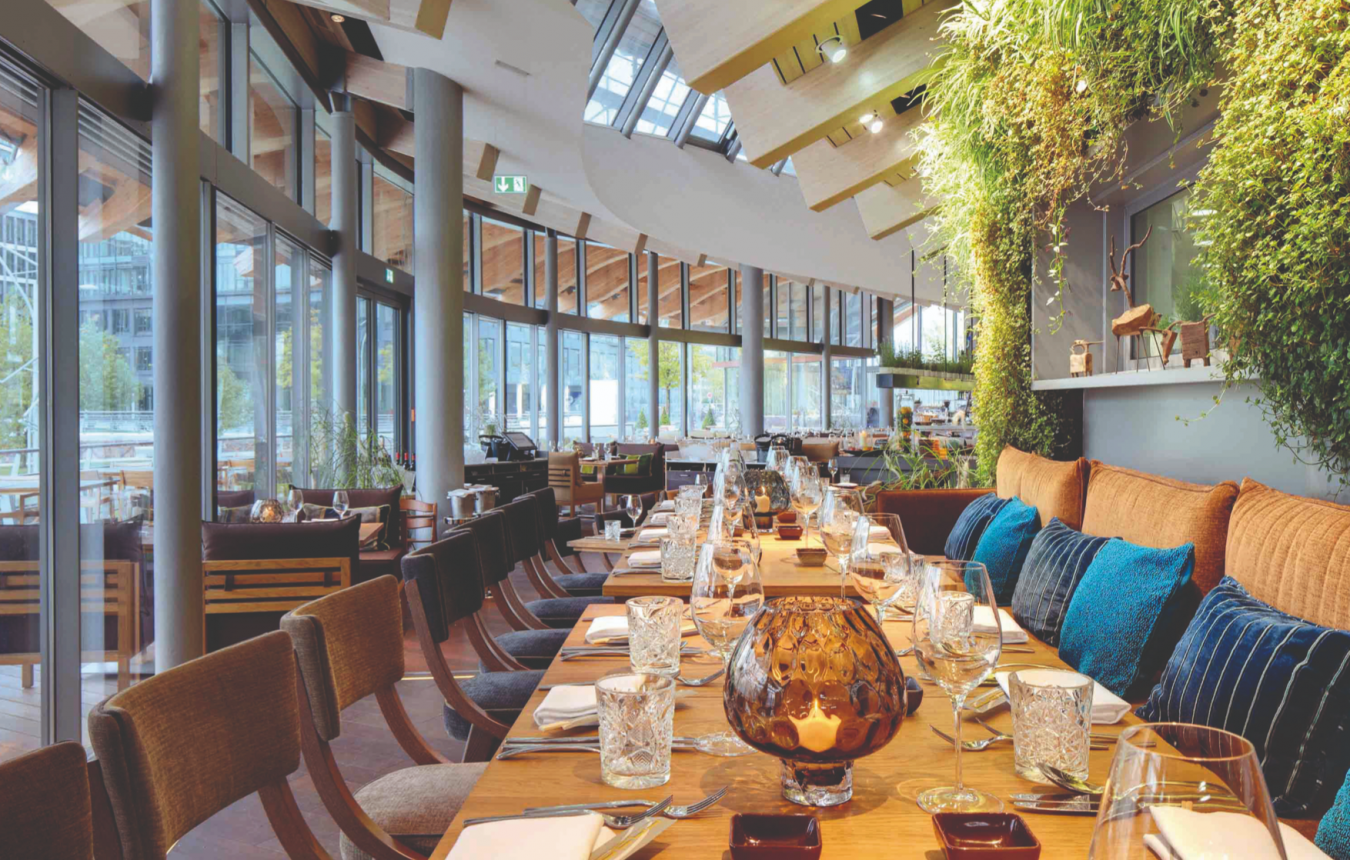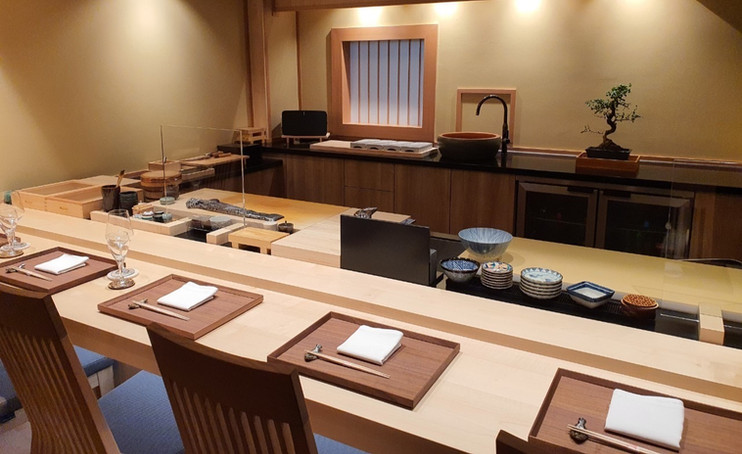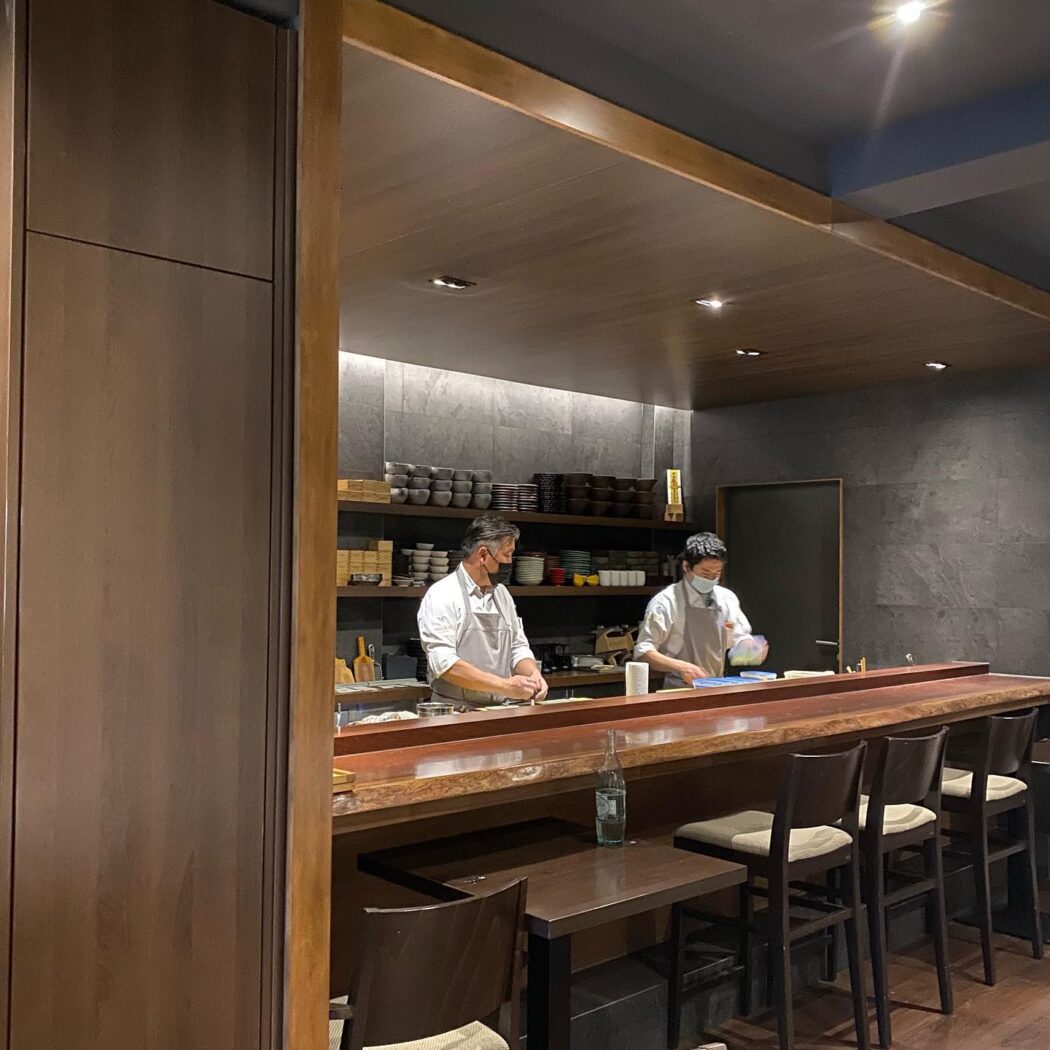Recommended sushi restaurants in Germany
-

Yoshi by Nagaya
Sushi restaurant in Germany [SUSHILIVE comment] -



Aska
Sushi restaurant in Germany [SUSHILIVE comment] -



MIZU Sushi-Bar
Sushi restaurant in Germany [SUSHILIVE comment] -



Coast by east
Sushi restaurant in Germany [SUSHILIVE comment] -



Oyster Lodge
Sushi restaurant in Germany [SUSHILIVE comment]
Characteristics of Germany’s Cuisine
Germany: A Country Alive with History and Culture
Located in Central Europe, Germany is a fascinating country where rich history and culture merge with a vibrant contemporary society. Spanning 357,000 square kilometers, it is home to over 83 million people. Berlin serves as its capital, and it is a federal republic composed of 16 states.
German is the official language, though English is widely spoken. The currency is the Euro.
Germany boasts a diverse cultural heritage, including historical landmarks dating back to the Roman Empire, medieval townscapes, Baroque music, and Romantic literature.
In modern times, it emerged as a hub during the Industrial Revolution and continues to exert its influence as a leading economic power. It prides itself on its manufacturing industry, particularly in automotive, machinery, and chemicals, demonstrating high technological prowess and innovation. Recently, it has also led the world in renewable energy.
The country offers a comprehensive social welfare system, with excellent access to education and healthcare.
Germany, where tradition and innovation harmonize, never ceases to enchant its visitors.
A Grand Narrative Woven from Diverse Cultures
Germany’s history begins with the ancient Germanic tribes, progressing through conflicts with the Roman Empire, the adoption of Christianity, and flourishing under the Holy Roman Empire, positioning it at the heart of medieval Europe.
However, it faced division due to the Reformation and the Thirty Years’ War’s devastations, delaying national unification until the 19th century.
The aftermath of World War I, the challenges of the Weimar Republic, the rise of the Nazi Party, and the outbreak of World War II left deep scars across Europe.
After the division of East and West, the fall of the Berlin Wall in 1989 and the reunification of East and West Germany marked a historic moment for European integration.
Today, as a core member of the EU and an economic powerhouse, Germany continues to make significant contributions to culture and the arts.
From ancient to modern times, the intertwining of various ethnicities and cultures through tumult and prosperity narrates the grand story of Germany’s history.
Simplicity and Diversity in German Cuisine
German cuisine offers a rich palette of flavors woven from simple traditions and regional diversity.
Essential to German cuisine are its various sausages and bread. With over 1,500 types of sausages, each region has its unique flavors and preparation methods, with many traditional establishments preserving these practices. The variety of bread, including rye and pretzels, commonly accompanies sausages and cheese.
Meat dishes like schnitzels and bratens are popular, often served with potatoes, sauerkraut, or mashed potatoes.
In southern Germany, dishes such as Spätzle (a type of pasta) and cheese-based meals are common. The influence of international cuisines, including Turkish and Italian, has further diversified the food culture.
Not to forget German beer, with over 5,000 varieties, each region boasts its unique beer, enjoyed with meals in true German fashion.
Embracing tradition while welcoming diversity, German food culture offers endless delights to its visitors.
Fusion of Tradition and Innovation in German Sushi Culture
Recently, sushi has surged in popularity in Germany, with sushi bars and supermarket sushi sections proliferating. However, German sushi culture has evolved uniquely from traditional Japanese sushi.
Sushi in Germany dates back to the 19th century, initially as a delicacy for the nobility. By the late 20th century, the rise of Japanese restaurants and increased import of ingredients made sushi widely accessible.
A distinctive feature of German sushi is the variety of adapted sushi. Tailored to German tastes, sushi with mayonnaise, cream cheese, avocado, and salmon, uncommon in Japan, enjoys popularity.
Vegetarian sushi is also prevalent, offering options with tofu and tempeh for those who avoid meat and fish.
Lately, German sushi chefs have emerged, blending traditional sushi techniques with local ingredients to create novel sushi variations.
German sushi culture represents the globalization of food, where tradition and innovation coalesce.
Germany’s Signature Products
Rich in history and culture, Germany is renowned for its regionally reflective signature products.
Indispensable is German beer, with over 5,000 unique regional varieties, from the fruity and bitter Pilsner to the wheat-based Weizen, offering a broad spectrum of flavors.
Sausages play a vital role in culinary culture, with distinct types like white sausage, Frankfurt sausage, and Nürnberger sausage, traditionally enjoyed with bread or sauerkraut.
For those with a sweet tooth, German chocolate and Baumkuchen are must-tries, offering everything from rich to delicate flavors. Baumkuchen is especially popular for its moist texture and gentle sweetness.
Additionally, Germany is known for its traditional crafts like Meissen porcelain and wooden figurines, as well as precision machinery and stationery, showcasing the allure of German-made products.


